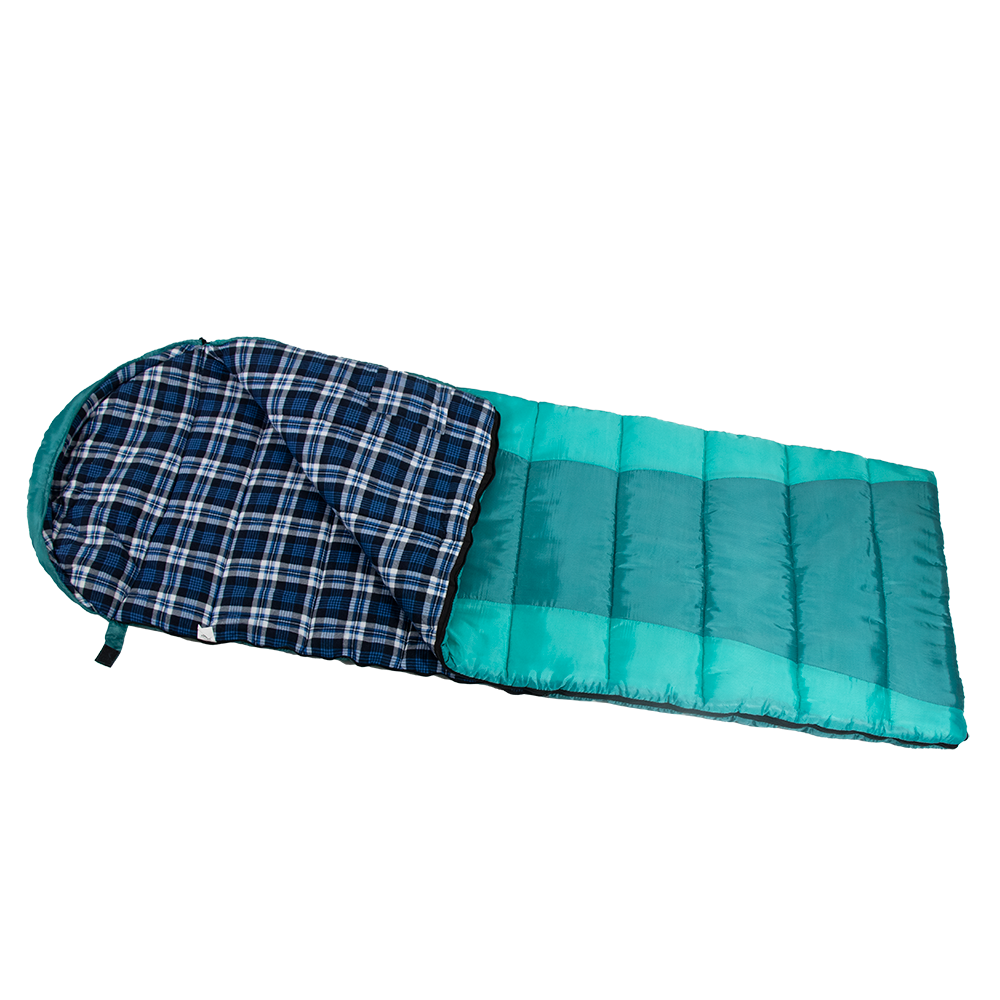
Oct . 10, 2024 22:07 Back to list
Essential Guide to Choosing the Best Backpacking Sleeping Bag for Your Adventures
The Essential Guide to Choosing a Backpacking Sleeping Bag
When it comes to backpacking, the right gear can make all the difference in enjoying your outdoor adventure. Among the most critical pieces of equipment, a quality sleeping bag stands out. It not only ensures a good night’s sleep but also plays a vital role in your overall comfort and safety while camping under the stars. Here’s a comprehensive guide to help you choose the perfect backpacking sleeping bag.
1. Understanding Temperature Ratings
One of the first things to consider when selecting a sleeping bag is its temperature rating. Different bags are designed for different temperature ranges, which can significantly impact your nighttime comfort. Sleeping bags typically have three main categories summer, three-season, and winter.
- Summer bags are ideal for warm, temperate climates, usually rated for temperatures above 35°F (1.6°C). - Three-season bags are more versatile, suitable for spring, summer, and fall, and are generally rated between 20°F to 35°F (-6.7°C to 1.6°C). - Winter bags are designed for extreme cold and can be rated for temperatures below 20°F (-6.7°C).
It’s essential to choose a bag that matches the conditions you expect to encounter during your trip.
2. Insulation Types
Sleeping bags generally use two types of insulation down and synthetic
. Each type has its advantages and disadvantages.- Down insulation is known for its outstanding warmth-to-weight ratio, making it a favorite among serious backpackers. Down sleeping bags compress easily, are lightweight, and provide excellent insulation. However, they can lose their insulating properties when wet and usually require special care. - Synthetic insulation, on the other hand, retains its warmth even when wet and dries faster than down. These bags tend to be heavier and bulkier, but they are often more affordable and easier to maintain. Those embarking on wet or humid adventures may want to lean towards synthetic options.
3. Shape and Fit
Sleeping bags come in various shapes, each designed to cater to different sleeping preferences and body types. The two most common shapes are rectangular and mummy.
backpacking sleeping bag

- Rectangular bags offer more space and comfort, resembling a traditional blanket. They are suitable for campers who prioritize comfort over weight and packability. However, they may not be as efficient in retaining heat as mummy bags.
- Mummy bags are tapered at the feet and wider at the shoulders, providing a snug fit that minimizes heat loss. They are lightweight and compressible, making them an excellent choice for backpackers who are counting ounces.
Finding a bag that fits your height is also crucial; most manufacturers offer various lengths to accommodate different body sizes.
4. Additional Features to Consider
When choosing a sleeping bag, consider additional features that can enhance your camping experience
- Hood A bag with an insulated hood can help retain heat, particularly during colder nights. - Draft Collar This feature provides extra insulation around your neck and shoulders, reducing cold air intrusion. - Zippers Look for durable, snag-free zippers. Some bags also feature two-way zippers that allow for ventilation. - Pockets Small interior pockets can be handy for storing valuables or unnecessary items close at hand.
5. Testing and Care
Before heading out on your trip, if possible, test your sleeping bag at home. Lay it on your bed and spend a night in it to gauge comfort levels and gather insights on how warm it keeps you.
After each trip, proper care of your sleeping bag will prolong its life. Always follow the manufacturer’s instructions for washing and drying. Store your bag uncompressed in a breathable storage sack to maintain its loft and insulation properties.
Conclusion
Investing in a quality backpacking sleeping bag is crucial for an enjoyable outdoor experience. By considering temperature ratings, insulation types, shape and fit, and additional features, you’ll find the ideal sleeping bag that meets your adventure needs. Follow these guidelines, and you’ll be one step closer to a comfortable night’s sleep beneath the stars. Happy backpacking!
-
Best Waterproof Picnic Mat for Outdoor, Large & XL Rug Options
NewsJul.24,2025
-
XL Waterproof Picnic Rug - Extra Large, Durable & Portable Outdoor Mat
NewsJul.23,2025
-
Folding Picnic Rug – Large Waterproof Outdoor Blanket for Family & Beach
NewsJul.22,2025
-
Best Large Waterproof Picnic Mat with Bag for Outdoor Use
NewsJul.21,2025
-
XL Waterproof Picnic Rug - Spacious, Waterproof Mat for Outdoor Adventures
NewsJul.20,2025
-
Picnic Blanket Backpack – Durable Quilted Mat, Ideal for Outdoor Activities, Direct from Factory
NewsJul.08,2025
